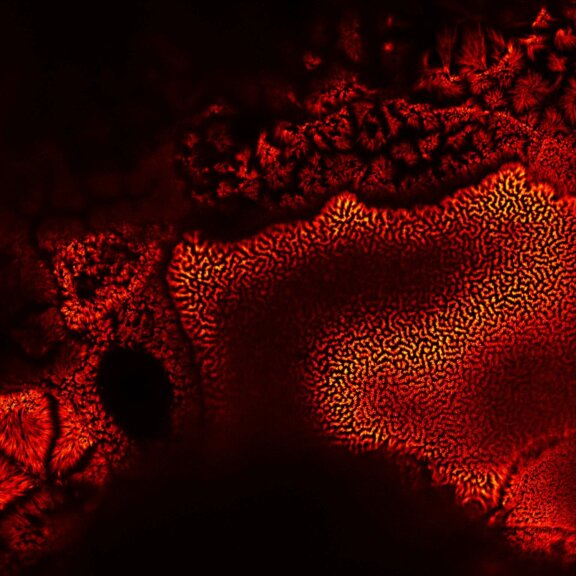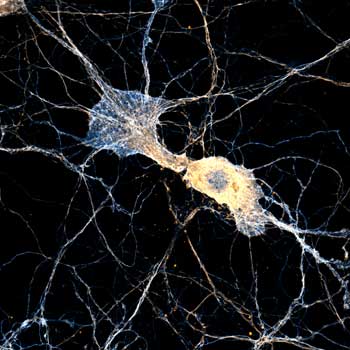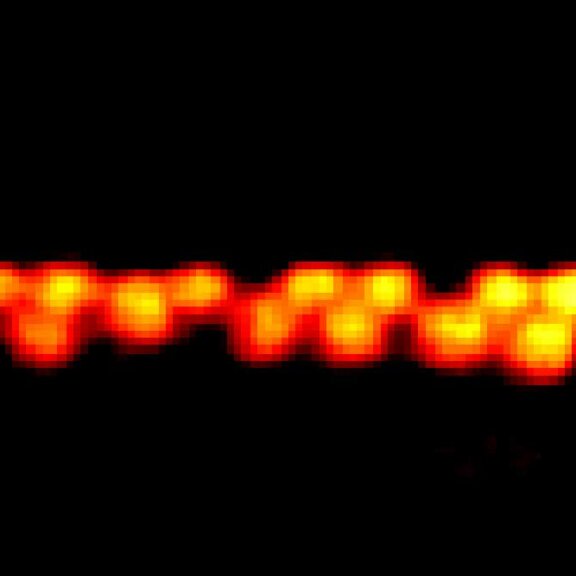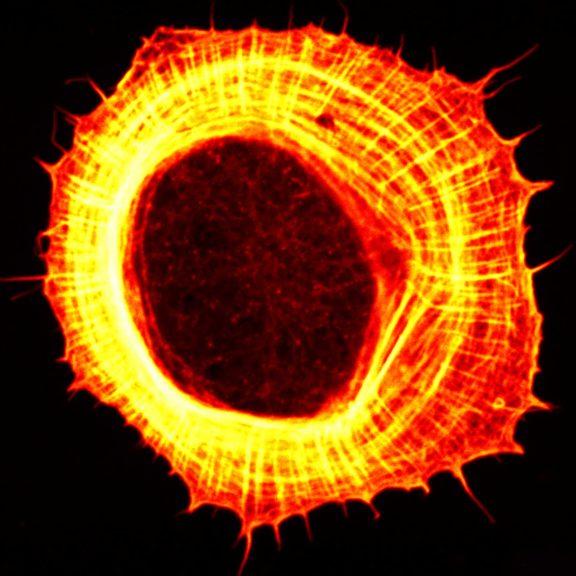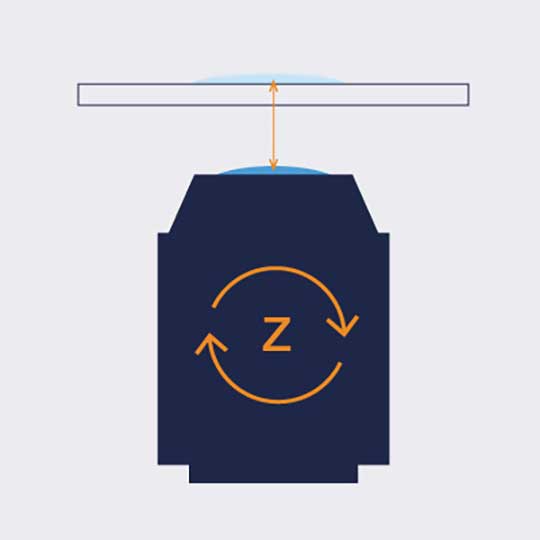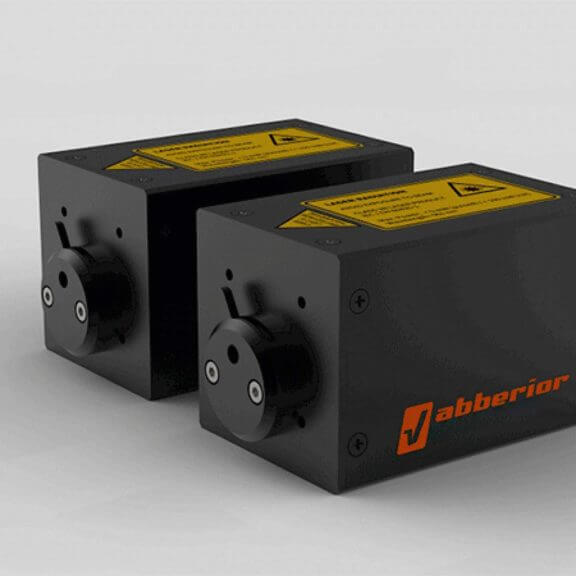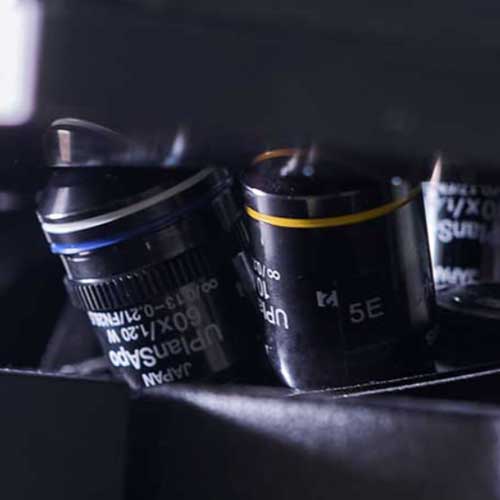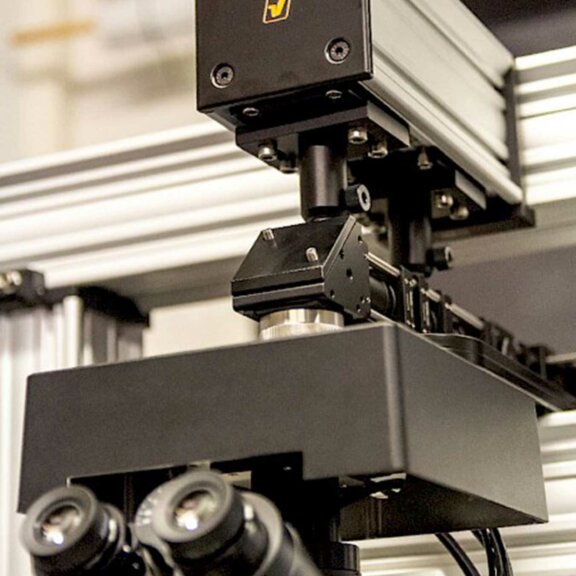Full Autoalignment
The abberior Full Autoalignment exemplifies decades of microscopy experience and represents the first complete, fully automated alignment procedure for all beam paths, including pinhole detection and STED beam shaping. It maintains the optimum shape and position of your laser foci, ensures a perfect intensity zero in the center of the STED doughnut, and it gives reassuring feedback about alignment results. A push of the autoalignment button is almost like a personal service visit.
always ready, fully motorized
MATRIX Detector
Many eyes see more than one. The MATRIX detector drastically improves signal-to-background ratio, resolution, and dynamic range.
TIMEBOW Imaging
TIMEBOW lifetime imaging for stunning results at confocal and STED super-resolution.
FLEXPOSURE Illumination
Brings down the light dose on your sample and lables dramatically. Key ingredient for volume and live-cell superresolution.
RAYSHAPE Mirror
Dynamic aberration correction with a deformable mirror over about 200 µm z-range. 140 digital actuators adjust the mirror surface within milliseconds.
Custom Solutions
We offer solutions for even the most challenging applications. Everything that can be done, we will do.
Perfectly aligned
and ready to run, always
abberior’s Full Autoalignment routine harnesses multiple motorized mirrors and fully programmable Adaptive Optics elements (spatial light modulators, SLM). abberior‘s fluorescent adjustment sample assures standardized alignment as good as it gets. Based on two decades of experience in STED microscopy, abberior developed the first fully automated alignment procedure in the sample for all beams, STED beam shaping, and the pinhole.
Expect perfect shape and position of all beams as well as reassuring feedback about alignment results!
1
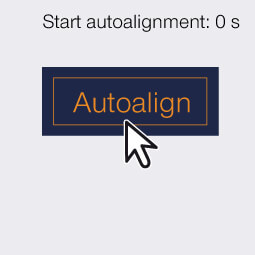
2

3

4

Just hit Autoalign and the process starts right away!
At the beginning the system checks if the adjustment sample is sufficient …
… then your microscope automatically records multiple images in confocal, 2D-, and 3D-STED mode …
… now our intelligent autoalignment algorithm – based on 20 years of STED experience – processes the data …
5

6

7

8
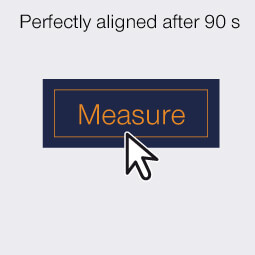
… automatically aligns the position of all excitation and STED beams …
… checks and aligns the position of the pinhole …
… and finally optimizes the shape of the STED donut
After 90 s you are ready to run a microscope in perfect shape!
- Fully automated alignment procedure in the fluorescent sample
- 90 seconds for perfect alignment of all beams confocal and STED, plus pinhole detection
- Image under perfect contitions, round the clock








